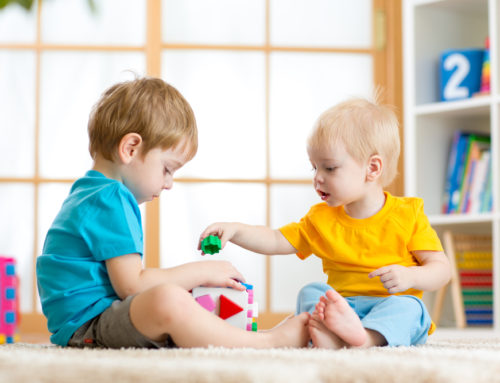_x000D_
A baby’s toothy grin may look adorable in photographs, but the experience of teething itself may not be as cheery. In fact, as the experts reveal, one baby’s teething may be completely different from another’s. “There is often great debate around teething and whether or not it causes discomfort in babies,” says Jo Whelan, a registered nurse otherwise known as The Baby Whisperer (www.babywhisperer.com). “In my experience, while there are some babies who are not affected by teething, others can be quite symptomatic.”
As to what type of experience your own child will endure is anyone’s guess. However, it helps to know the warning signs of teething and how to help manage her pain, if necessary.
In the Beginning
For most babies, teething typically begins around six months of age, but this start time can vary. “Some babies are even born with one or two teeth, and this is normal,” says Lisa Clegg, author of The Blissful Baby Expert (www.theblissfulbabyexpert.co.uk). Regardless of when it begins, parents can usually expect teething to last up to 24 months, with teeth emerging in a particular order: the bottom incisors (at the front of the mouth), followed by the top two teeth. Next are the lateral incisors (around 9 months), the first molars (18 months) and the four canines at 24 months.
One of the first indications a child has begun teething is excessive drooling—an occurrence that unfortunately can’t be prevented. “Just be prepared with plenty of bibs to keep their chin and clothing as dry as possible,” offers Clegg.
Other more obvious signs of teething include:
• flushed or reddish cheeks
• a rash around the mouth
• not eating or drinking as much as usual
• pulling on his/her ears
• waking at night
• crying or showing signs of crankiness
Feeling Her Pain
Whether your baby suffers from just one or several of these symptoms, no parent want to see their child in distress. Experts advise any number of methods that offer some temporary relief. Among the more commonly used suggestions are: a chilled teething ring or toy, which eases the pain of tender gums or, in a pinch, a cool corner of a wash cloth. “The ridges in the flannel massage the babies’ gums and help soothe their pain,” says Clegg. “The coolness will also provide some relief.”
Another more trendy item that has been gaining attention is an amber teething necklace, whose hard texture gives babies something to gnaw on. While they may look pretty, cautions Whelan, these necklaces are not necessarily practical. “There is no scientific evidence that suggests they are anything more than a fashion statement,” she says.
Instead, stick with tried-and-true methods like teething toys or gentle massage. “Massaging the outer gums, as well as the gums themselves, will stimulate the release of endorphins, the body’s own natural pain reliever,” says Colleen Fay, a licensed massage therapist specializing in prenatal and infant massage (www.zenbabiesmassage.com). “With the release of these endorphins, your baby will be more comfortable, relaxed and able to sleep easier.”
More Than Expected
Because the teething process can be a long one, parents can expect such symptoms to persist on and off. “Babies have so many teeth to cut that their mouth will be a little sore quite regularly,” says Clegg. Over-the-counter remedies, like Ibuprofen or infant drops, may offer some additional comfort.
However, if a child exhibits a more serious reaction—fever, diarrhea, an all-over rash or cold-like symptoms—experts recommend parents contacting their child’s pediatrician before taking any further action. _x000D_
_x000D_




